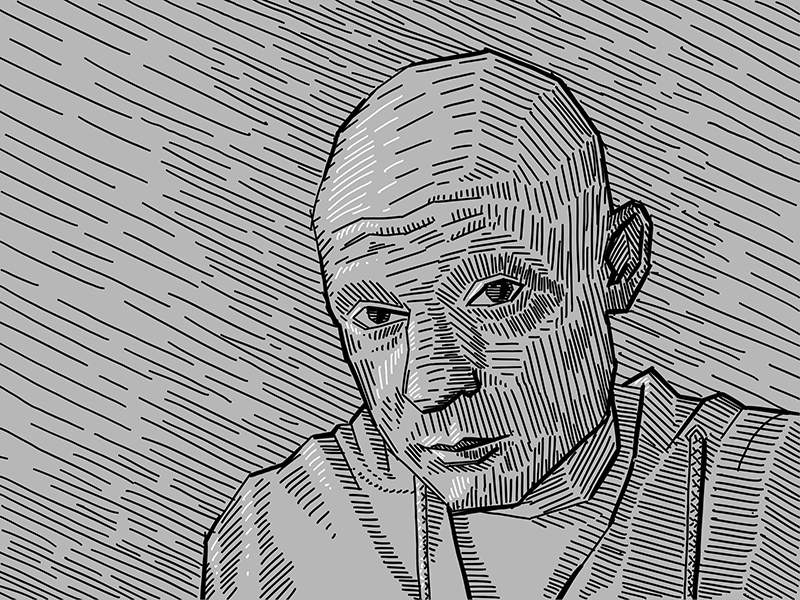

Some of the most common methods are simplicity, alignment, proximity, continuation, and repetition. Unity principle can be reached in multiple different ways, and each artist’s choice is unique and can form their trademark style. It’s achieved when the elements and principles of art are applied properly and creates a sense of completeness and order. Unity in visual art is the relationship between the different elements of composition that ties them together and makes them feel like a whole. Your intuition will lead you there pretty soon, but first, you’ll need to practice creating art and not be afraid to make mistakes. So pay attention to how it develops throughout the creative process.Ĥ) Remember that achieving unity in your art can only result from practicing and selecting the right elements and principles to tie your image together. Unity is best evaluated by looking at and organizing. Try out different options and decide what looks best.ģ) Create! Make adjustments to your initial idea if you come up with better solutions. This is a necessary step to determine your initial composition and work out some methods of applying unity to your work. (Will it be an abstract piece or a realistic landscape?)Ģ) Draw some sketches. You’ll need to know what exactly you want to create, approximately how it will look, and what techniques, principles, and elements of art you will use.

Principle of unity in art simple how to#
Now that we’ve seen some examples from amazing artists and know how to achieve unity in theory – let’s create unity in your own art.ġ) Form an idea in your mind. Continuity – the statue on the left creates an implied line with its right hand towards the statue on the right.Repetition – repeating hatching techniques throughout.Proximity – trees and plants are grouped into a few groups throughout the drawing.Alignment – the two statues are placed on the same base level, which forms a line that leads one to the other most elements are parallel and perpendicular to each other.Simplicity – it’s monochrome, and all lines have the same visual weight.In this painting, the artist uses unity in: The Two Statues is a print made by Abraham Genoels II. The Two Statues, By Abraham Genoels II National Gallery of Art, CC0, via Wikimedia Commons Simplicity helps tie in the composition together and create unity in art. By doing so, you purposefully limit your work’s potential for variety.įor example, using only straight lines that go in the same direction having a limited color palette, going monochrome having just a couple of textures throughout the artwork only using variations of the same element, etc.

Simplicity unity in art refers to excluding or limiting one or multiple art elements (line, shape, color, etc.) from your artwork. To describe unity, let’s discuss the 5 ways, or compositional tools, to create unity in an artwork. In fact, the tools different artists choose for achieving unity can become a part of their unique trademark art style. There’s no strict method or set of tools to use in every artwork for every artist. Yet, it is a feeling that all aspects within an artwork work together in balance – and, therefore, an important principle to use. Unity is more like a concept than a set of rules that can be checked off. You can learn more about the other principles and elements of art in the linked articles below.Īs a general rule, to achieve unity in art, you could use one of the 5 ways to express unity in art: simplicity, proximity, repetition, alignment and continuation.Īlso, you must train your artistic intuition. Next, let’s talk about how to achieve unity. Unified composition thatis too similar may seem boring to the viewer, and to avoid that, variety is added to the artwork.Īfter all, unity is a tool in the hands of the artist and can be achieved through subtle details or large noticeable visual elements. Sometimes, the lack of unity in the artwork can be used to convey a different message: to instill a feeling of unease or incompleteness. It may not necessarily apply to the entire work but to one or a few different visual elements. Unity is the reason why viewers perceive an artwork as a complete one piece and not its separate parts. The Unity Principle is achieved when other principles of art have been applied together properly. It represents their sum, and its simple definition can be explained as – the arrangement of different pieces that create a balanced and complete whole. Unity in art is meant to create a sense of order and consistency, as well as give the compositional components an appearance of belonging together.


 0 kommentar(er)
0 kommentar(er)
